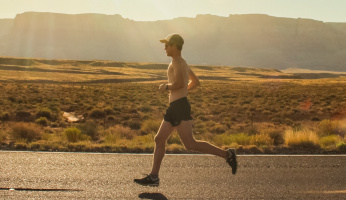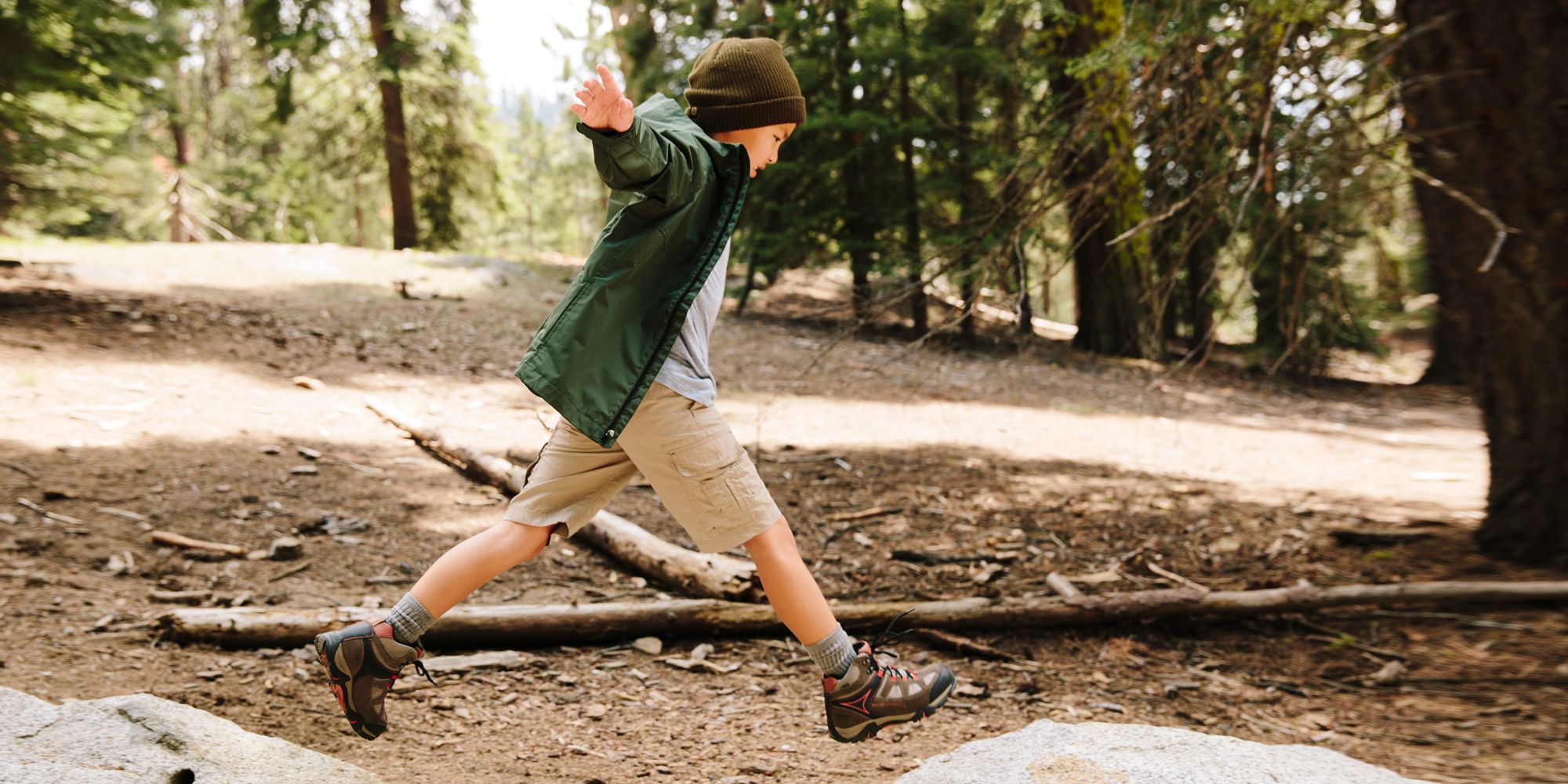How to Use Your Run to Learn a New Language
 How to Use Your Run to Learn a New Language www.walkjogrun.net
How to Use Your Run to Learn a New Language www.walkjogrun.net If you are a runner who wants to learn a new language, you have 2 secret weapons.
- You have an existing routine where learning can happen
- Your running routine clears your head and reduces stress
All language learners need: a routine, a clear mind, and a positive mental state while learning.
But wait — isn’t multitasking supposed to be bad? Don’t I need to study at a desk with a book in hand?
For many things, multitasking is not ideal. But a growing body of research shows how exercise improves brain function, including long-term memory.
What does this mean for you?
With the right approach, you can make real progress in your “target language” during your walks or runs.
In my own experience as a language learner and regular runner, I’ve found a few things to be especially helpful.
In this article, I’ll cover 5 ways to use your run to learn a new language.
Can you learn a language while exercising?
Yes! There is evidence that people learn new vocabulary faster and retain it for longer when learning is combined with light exercise.
Plus, a consistent routine over time is key to language learning.
So if you already have a consistent running routine, you can build the new learning habit into the existing running habit.
Luckily, there are many quality audio resources for popular languages like French, Korean, and Mandarin. They can serve as the core of your learning — which you can listen to on the go.
Unfortunately, your runs alone probably won’t take you from zero to Jacques Cousteau.
You’ll want to supplement your audio learning with more visual learning at home (assuming you want to avoid running into trees and cyclists on your runs).
Let’s dive into exactly what you can do to learn effectively while running.
How do you learn a language while running or walking?
Here are 5 steps I’ve used to practice languages like Spanish and German while jogging:
1. Pick an easy-to-follow audio course
I recommend resources like the Innovative Language series (FrenchPod101, JapanesePod101, etc.), Pimsleur, or the Coffee Break Languages series.
They’ll help you build a foundation in the language. Then, you can move on to other kinds of content.
Once at an upper beginner level, you can use conversation-based podcasts for learners.
They are less formal in structure and usually cover a specific theme in a short episode. The Easy Languages series has interesting, free podcasts for many languages.
If you’re already at an intermediate level, find podcasts on topics you like in your target language.
To avoid things meant for English speakers, you can search in your target language (e.g., mejores podcasts para corredores).
Most podcast apps let you slow down the audio by about 20% if they’re speaking too fast for you.
2. Listen more than once
To learn a language, we need repetition.
This is why it’s best to listen to things you enjoy. Either find an audio course whose moderators you like or podcasts on interesting topics.
Listen to the same 10-minute episode 3 times on your 30-minute run, and you’ll absorb more vocabulary and grammar than you would otherwise.
And if comprehension seems impossible, repetition is the solution. It will help you make sense of things — even if it seems like they speak at 100mph.
3. Participate
Depending on how fast you run or walk, this might be hard. But it’s important not to let your language learning be only about consumption.
You need to produce the language yourself. And just like with any other skill, that starts with imitation.
If you were trying to learn the piano and all you did was watch your teacher, you’d learn to understand what’s happening but not to actually play it. At some point, you have to stop listening and start playing some simple songs yourself.
The same thing goes when you’re learning a language, whether it’s Spanish or Mongolian, or Icelandic. Before you can assemble your own sentences, you need to repeat what others say.
Here are 3 simple ways to participate:
- Repeat. While you’re listening and running, repeat what the lesson or podcast hosts are saying while they’re saying it.
- Play the guest. Act like you’re part of the show or lesson. If the host is asking questions of a guest, pause it and answer the question yourself. This works best once you’ve listened to the audio at least once already.
- Play the host. Think of follow-up questions — what do you want to know? Practice forming your own questions.
4. Walk (or Run) & Talk
You don’t have to run with your phone to practice your new language.
The simplest way is to describe things you’re seeing as you’re running by them:
Il y a trois enfants en train de jouer
Veo unos árboles muy grandes con hojas amarillas y rojas
Sometimes, though, it’s helpful to have a prompt. For that, go to a website like ESL Conversation Topics. Pick a topic that interests you and talk to yourself about it during your run.
Or, you can take a cue from number 3 and answer the interviewees’ questions.
In the Easy Languages series on YouTube, moderators ask people questions on the street (e.g., What’s the last book you read, or what is the perfect life for you).
Watching one of those videos is a fun exercise, then spend your run formulating your own answers to that main question.
5. Review when you get back
Exercise can be great for our brains. But if we’re too winded, it’s hard to focus and remember everything.
That’s why it’s important to review what you listened to on your run.
I recommend listening to the whole clip again. If the audio is too long, just listen to 10 minutes of it and repeat that.
If your audio has a transcript, read it while listening this time.
If you’re short on time, just read the transcript and pull out short phrases that you want to remember.
Then, practice forming your own short sentences with the things you learned.
Your run is a great place to learn a new language
You can learn while exercising. All it takes is some preparation, active participation, and regular review.
Combine your runs with more active learning at home, and you’ll be well on your way to having your first conversations!















